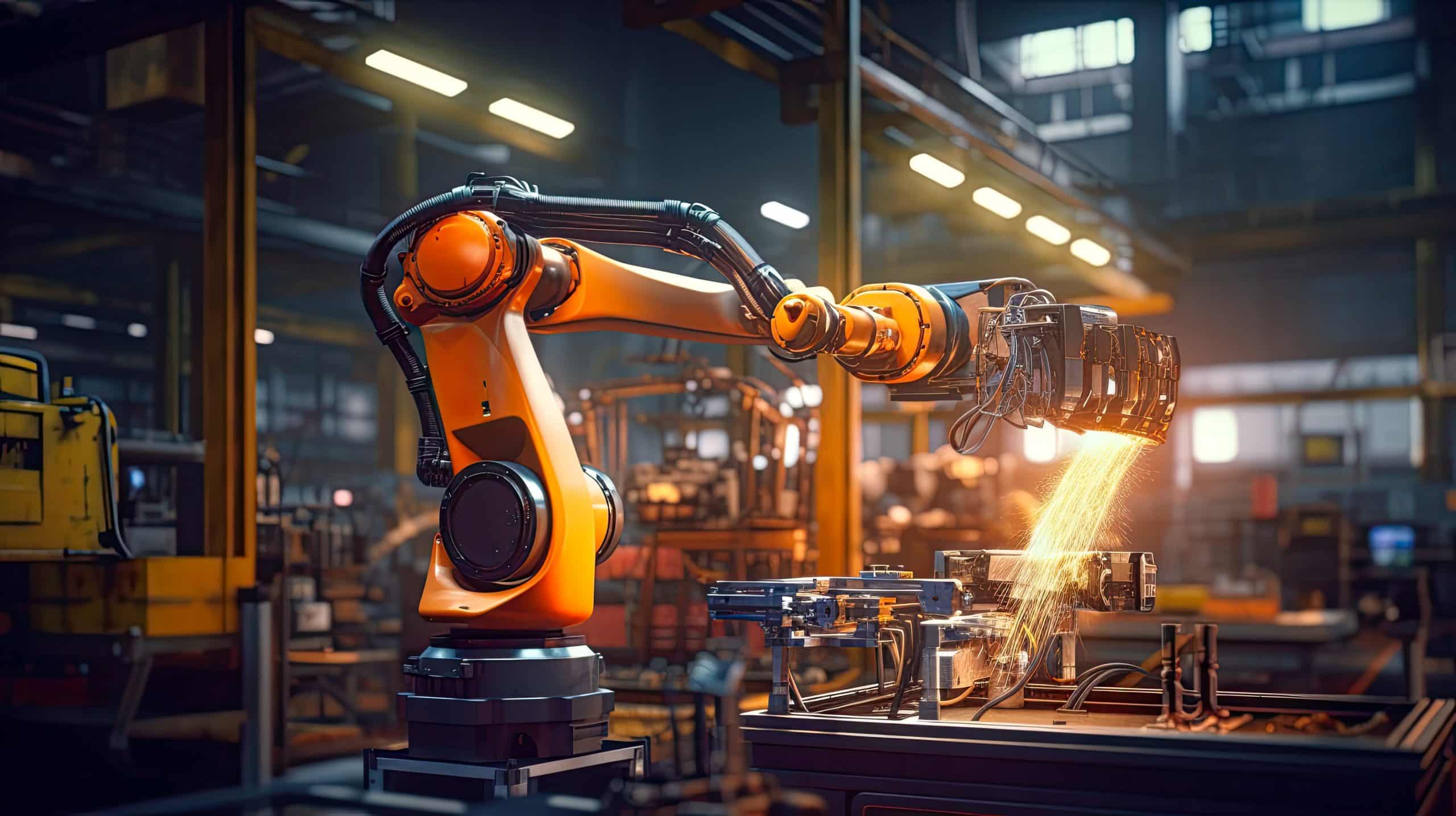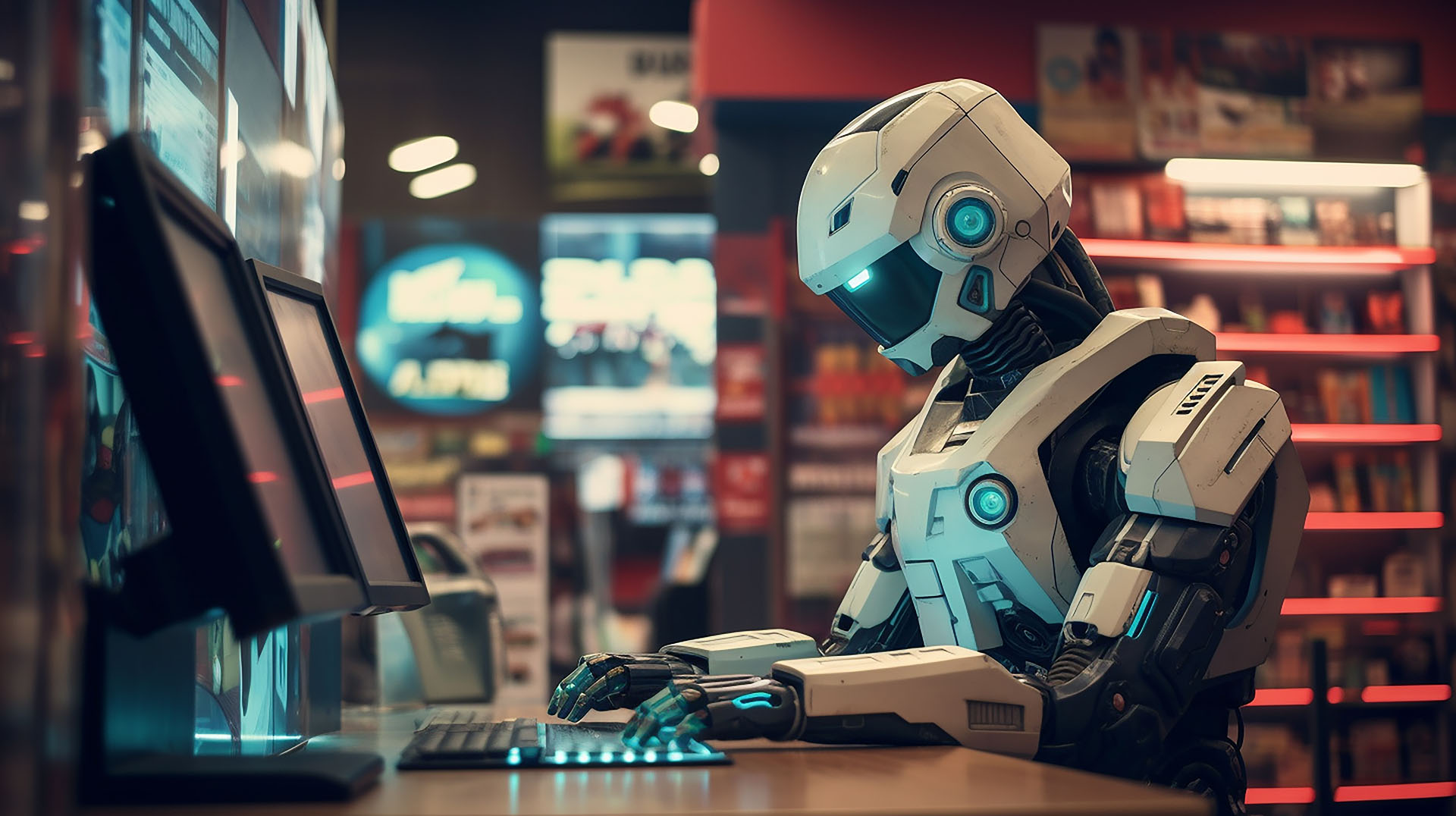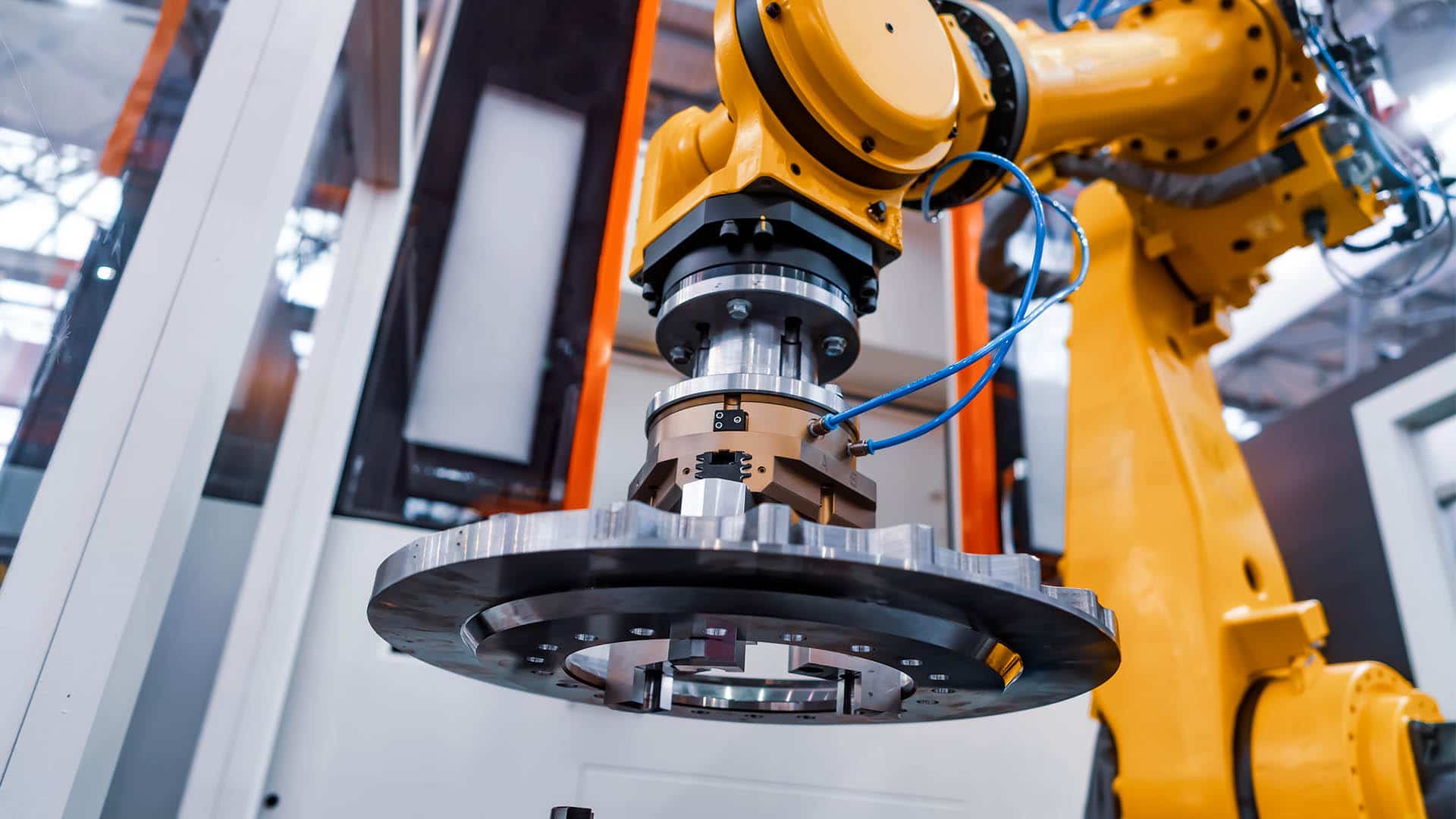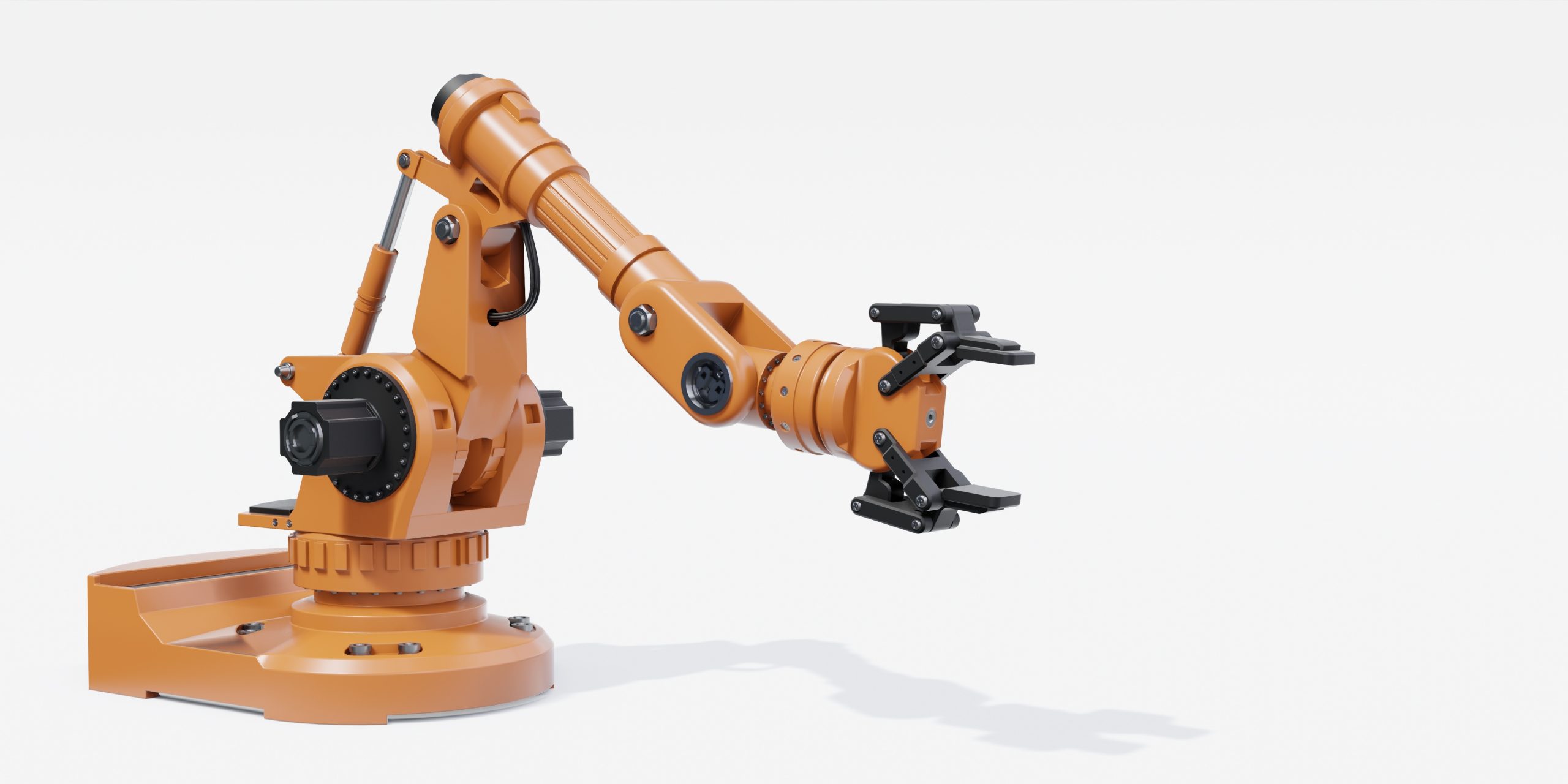As technology advances, humanoid robots are becoming a game-changer in the industrial space. Unlike traditional robots designed for one task, humanoid robots are designed to move and interact like humans, so they are far more flexible in dynamic environments.
This means they can perform complex and varied tasks and bridge the gap between human workers and automation. As industries turn to robots for efficiency and precision, humanoid robots will be at the heart of the future of work.
In the next decade humanoid robots will change many industries, productivity and safety. Robots have been used in industries for specific tasks like assembly lines for years, and humanoid robots add an extra layer of flexibility to interact with their environment in more complex ways.
As we look to the next decade the role of humanoid robots will expand, not just as assistants to human workers but as active participants in the workspace.
Humanoid Robots in Industry
In recent years robotics and AI have brought humanoid robots from science fiction into reality. These robots, designed to look and act like humans are being used in industry. Manufacturing, logistics, and healthcare companies are starting to use humanoid robots in their operations to increase efficiency, reduce risk, and improve working conditions.
With automation on the rise, these robots are equipped with sensors and AI to do tasks that were once done by humans, like assembling delicate components, inspecting, or even interacting with customers in retail.
Currently, humanoid robots are in the pilot or proof of concept phase in most industries but that’s changing fast. Companies like Boston Dynamics, Honda and SoftBank Robotics are leading the way, producing robots that can do many tasks with more autonomy.
In manufacturing humanoid robots are being designed to work alongside human workers, and do physical and cognitive tasks that require human-like dexterity. As they get more refined their ability to fit into industrial environments will only get better, pushing the boundaries of industrial automation.
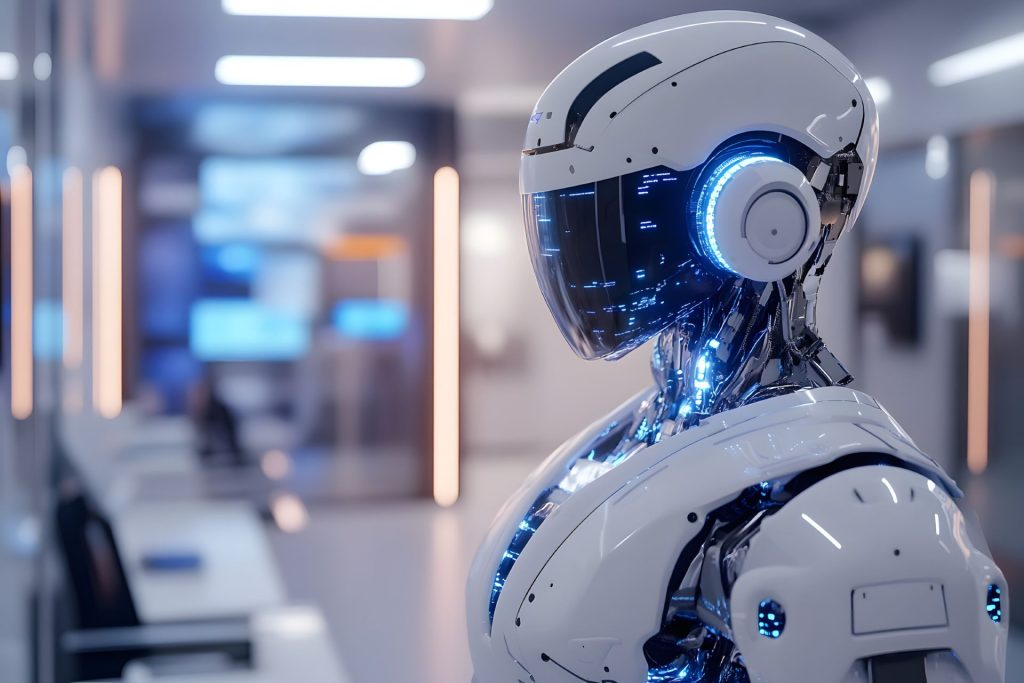
Benefits of Humanoid Robots in Industry
Humanoid robots have many advantages that make them perfect for industrial environments. One of the main benefits is they can do repetitive tasks with precision, reduce human error and increase overall efficiency.
They can work 24/7 without breaks and at the same speed, so production lines can run at maximum capacity. Their programming allows them to adapt to different tasks as needed, making them very versatile and cost-effective for businesses looking to optimise.
Another big advantage is increased safety in industrial environments. Humanoid robots can do dangerous tasks like working in extreme temperatures and handling heavy machinery or toxic substances.
By removing humans from these risky situations companies can reduce workplace injuries and overall safety. This move to automation means fewer workplace accidents, not just safer for employees but also reduces costs of insurance claims and downtime due to injury-related absences.
Humanoid Robots in the Workspace
Humanoid robots will be introduced into industrial workspaces gradually as companies get to know their capabilities and limitations. First, they will do simpler, more repetitive tasks that are time-consuming for human workers like sorting, packaging or routine maintenance.
As their AI gets more advanced they will be able to do more complex tasks that require a higher level of decision making like managing supply chains, operating machinery or even customer service.
The flexibility of humanoid robots is what sets them apart from traditional automation, they can be programmed to do many tasks across different work environments.
Most importantly the future of humanoid robots is in them working alongside human employees. These robots are not meant to replace workers but to support them, and fill in the gaps where human abilities are lacking.
For example humanoid robots could work with human workers on assembly lines, and do the physical or monotonous tasks while employees can focus on the creative or strategic parts of production.
Human-robot collaboration will be a key feature of industrial workspaces shortly, so companies can increase productivity without compromising on job quality or employee satisfaction.
Challenges to Overcome
Despite the huge potential of humanoid robots, there are many challenges to overcome before they can be widely adopted in industrial workspaces. One of the main hurdles is the technical limitations that still exist, particularly in mobility, dexterity and AI. While humanoid robots have made great progress in physical capabilities they are not perfect.
Many robots struggle to navigate complex environments or adapt to unexpected changes which can limit their use in dynamic industrial settings.
The technology behind humanoid robots is expensive, with high upfront costs for the robots themselves and the infrastructure to support their integration.
Another challenge is the workforce adaptation to this new technology. While some tasks being automated will be welcomed by some, others will fear job displacement as robots start to take over tasks done by humans.
Addressing these concerns will require planning and re-skilling of workers for the new roles that will emerge from automation. Integrating humanoid robots into existing industrial environments without disruption will require a balance of technological development, employee training and workplace redesign.
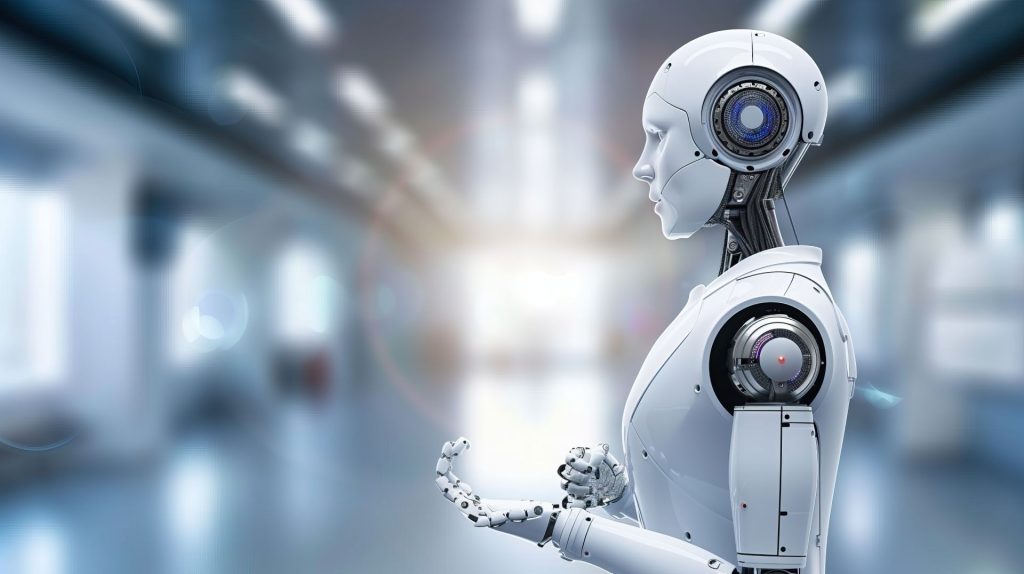
Near-Term Future
In the next 5-10 years we will see more development and adoption of humanoid robots in industrial spaces. We will see more advancements in AI and robotics that will enable the robots to interact with their environment, recognise complex patterns and make real-time decisions.
And as the cost of robotics technology goes down humanoid robots will be more accessible to more businesses, especially small and medium-sized enterprises. As the robots get more advanced and affordable they will be more integrated into industrial workspaces.
One of the most exciting things in the near future is the focus on human-robot collaboration. Instead of fully autonomous robots, we will see more collaborative robots (cobots) that work with humans to complete complex tasks.
These robots will be designed with safety features to interact smoothly with human workers, so more flexible and efficient workflows. As humanoid robots can do tasks that require human-like dexterity and judgement industries will see a big shift towards more advanced automation with a clear focus on human-machine synergy.
Conclusion
The near future of humanoid robots in industrial spaces is exciting, these robots will change the way we work in manufacturing, logistics and beyond. With their ability to do complex tasks, improve safety and boost efficiency humanoid robots will be part of many industries.
However technical challenges and workforce adaptation must be addressed to make it work. As we move into the next decade we will see humanoid robots play a bigger and bigger role in industrial environments, a new era of human-machine synergy.


